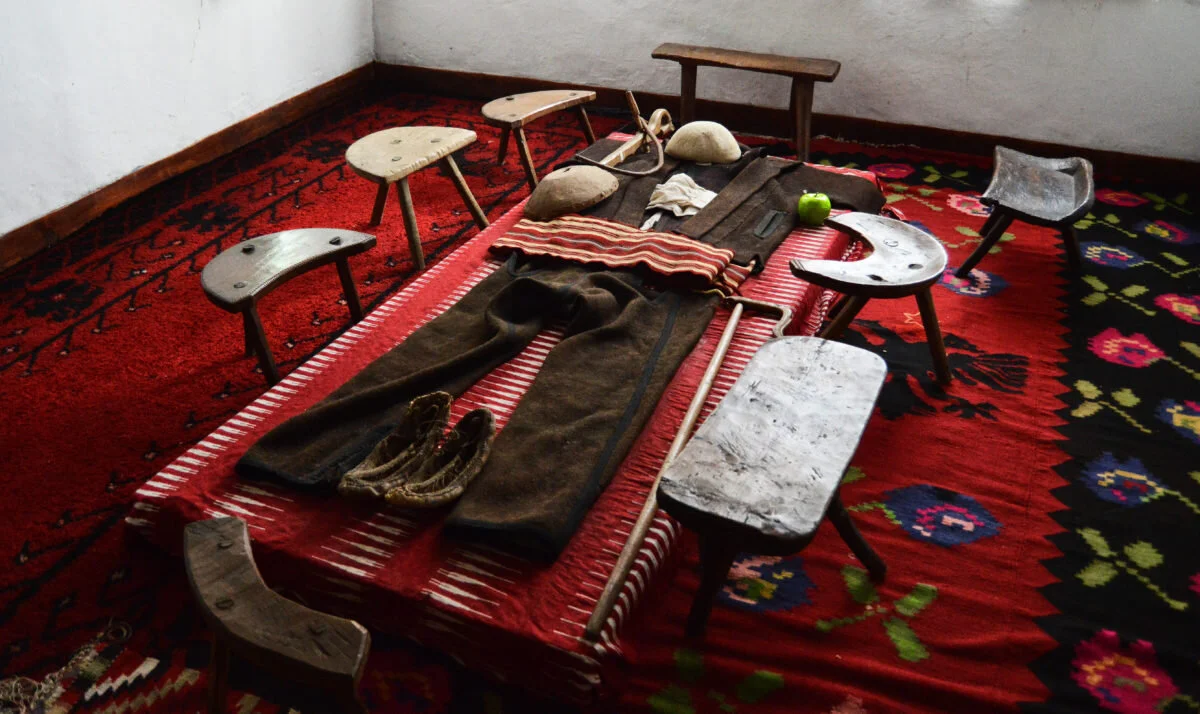This photo essay highlights the cultural beauty and contradictions of Syria against the backdrop of its civil war and ongoing political turmoil. The photos tell a story of how ruins lie in the fractured bonds of community.
Read MoreInês Raquel reflects on attending the annual Victory Day celebrations in Russia back in 2019 in the face of Russia’s current invasion of Ukraine.
Read MoreBeyond the violence is a uniquely magnificent place, write Michael Henry, Will Slotznick and Mallika Sobti.
Read MoreSheridan Gunderson explains the origins of the Israeli West Bank barrier and the art the adorns it.
Read MoreBy Tae Eom
On December 18, 2018, at Seoul’s Gwanghwamun Square, I encountered a drawing of a young Korean man whose eyes conveyed that he had many stories to tell. I realized it was part of a temporary memorial arranged for the young man, Kim Yong-gyun. I took out my phone to search for his name on the Internet.
Read MoreBy Faisal Magray
Freelance journalist Faisal Magray sheds light onto the personal stories of people living in one of Kashmir’s remaining leper colonies.
Read MoreBy Esther Owens
Plagued by a history of violent ethnic tension between Kosovar Serbs and Albanians, Kosovo unilaterally declared independence from Serbia in February 2008.
Read MoreBy Ahmer Khan
An estimated 605,000 Rohingya refugees have flooded into Bangladesh to flee an offensive by Myanmar’s military that the United Nations has called the world’s “fastest developing refugee emergency” and a “textbook example of ethnic cleansing.”
Read MoreBy Aleydis Nissen
Port Talbot Steelworks is the largest steel plant in the UK, producing nearly all 1 and 2 penny coins in circulation. It is one of the largest private employees in the town, employing around 4,000 workers. The Welsh economy was put at risk last year when the owner of the plant, the Indian multinational Tata Steel, announced that it was no longer profitable, and looked to sell the plant. It is still looking for buyers, but the plant remains threatened.
Read MoreBy Marwan Tahtah
In the alleys of Homs in Western Syria, my camera looks for what’s left of the city and struggles to find any remnants. On the sidewalk lies a stray cat that does not let out a sound. It drags its memories of destruction and hides behind one of the buildings reduced to rubble. The smell of war and the deafening silence of its aftermath pervade.
Read MoreBy Marwan Tahtah
The Syrian Civil War has seen more than 4.8 million refugees flee the country, with 1.1 million now living in neighboring Lebanon.
Read MoreBy Arnab Roy Chowdhury and Sreedeep Bhattacharya
The Mae-Tao-clinic in the Tak province of Thailand is located in a conflict-ridden border zone with Myanmar, where life, livelihood and cultural pursuits are liminal, chaotic and dangerous.
Read MoreBy Sofía del Carril and Míriam Juan-Torres
May 2002 - After days of fighting between the paramilitaries and the Revolutionary Armed Forces of Colombia (FARC), the inhabitants of Bojayá, in the department of Chocó, sought refuge in the town’s church. The Colombian army was fully aware of what was happening, but nowhere to be seen. In the crossfire, a cylinder bomb fired by the FARC hit the church, killing seventy-nine civilians, including forty-five children, and leaving dozens injured.
Read MoreBy Manuela Graetz, Geo Kalev, and Marjan Kloosterboer
Addis Ababa, Ethiopia is a young city. Founded in 1886 by King Menelik II and Queen Taitu, in its first decades the city grew organically, without any formal planning.
Read MoreBy Charlotte Juergens
In his old age, my great grandfather Pat recorded his memories of D-Day on tape. A former war correspondent with Stars and Stripes, Pat had attached himself to the 29th Division Infantry shortly before the initiation of Operation Overlord
Read MoreBy Enni Kallio
“A New Generation: Life in Rwanda Twenty Years after the Genocide” by Enni Kallio was the winner of YJIA’s 2015 Photo Essay Contest.
Read MoreBy Narayan Kaudinya
Baltistan is a mountainous region straddling the Northern India–Pakistan border, adjacent to the disputed territory of Kashmir. During the Indo-Pakistani War of 1971, the Ladakhi Scouts, an infantry regiment of the Indian army specialized in mountain warfare, took control of several villages of the Baltistan region in Pakistan. Since then, a part of Baltistan remains under Indian control.
Read MoreBy Sugato Mukherjee
Kawah Ijen is one of the many volcanoes that dominate the landscape of East Java in the Indonesian archipelago. But Ijen is markedly different from the others—it is home to the largest acidic crater lake on Earth. The beautiful lake is the site of rich elemental sulfur, which 350-400 miners quarry manually each year.
Read More








